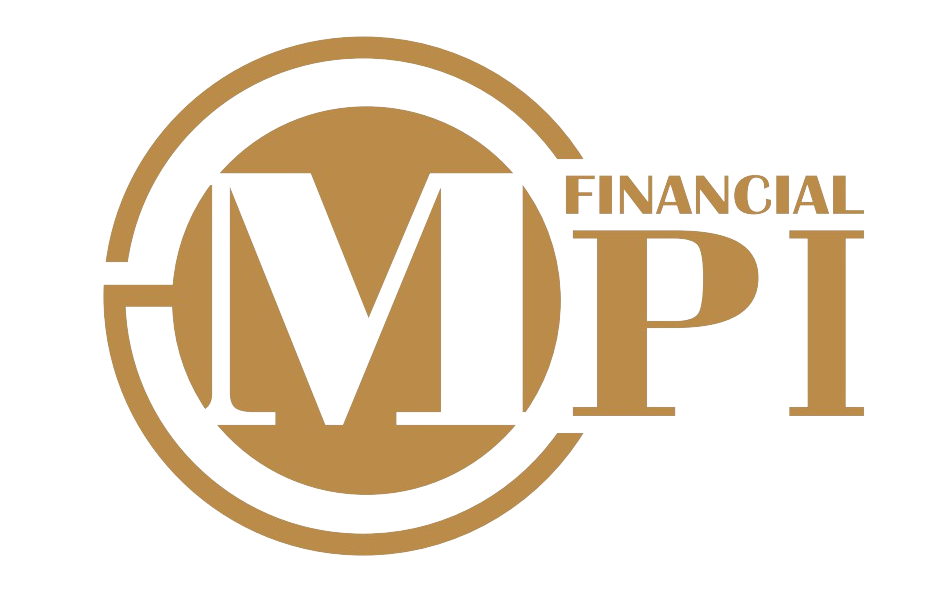Interest rate rises weaken home borrowing power
- October 26, 2022
- Posted by: admin
- Categories:
As interest rates continue to rise, borrowing power has decreased about 20% since the first official cash rate hike in May, according to a Sydney broker.
Aaron Bell (pictured above), owner of brokerage Home Loan Village, said though this 20% figure is dependent on a few variables, the sharp increase in interest rates in such a short time has impacted assessment rates, with economists predicting further rate rises to come.
Bell said a 0.5% interest rate increase equated to a 5% decrease in a client’s borrowing power.
“For someone who has no investment debt, a 5% interest rate hike will decrease their overall borrowing power significantly. As interest rates continue to increase (and assuming the assessment rate increases), we will continue to see this unwanted change in serviceability,” Bell said.
“Every lender’s assessment rate is lower than what is actually being used, making it much harder for people to borrow.”
Bell said APRA was tightening lending restrictions on top of consistent interest rate rises.
“The speed of these interest rate increases and the volatility of the market right now means we might have shot ourselves and Australian borrowers in the foot,” he said.
“The 50 basis-point OCR rises in August and September had a greater cumulative effect on borrowers. In a world where most people are wanting to borrow 80% to 90% maximum of the property’s price, they are already at their maximum borrowing capacity. The first rate increase reduced the gap between where they were trying to borrow and their maximum and these consistent rate jumps keep reducing that power.”
Bell said the snowball effect of OCR rises was well and truly in place.
“We are seeing a setback for more borrowers and will more than likely see house prices drop because of it.
“Homebuyers care about the house-price metric and where they are going because the cost of borrowing is a huge variable when it comes to calculating property prices.”
Bell said there was a difference between an investor’s borrowing capacity vs an owner-occupier’s borrowing capacity.
“If an investor who has an owner-occupied debt wants to purchase an investment property, their serviceability is impacted along with their mortgage payments on their own home,” he said.
“This doesn’t necessarily mean their total lending will decrease because it depends on the individual lender and how they tailor their gearing aspect as rates on investment debt can change depending on the circumstances. Each lender has a different approach, so it comes down to their lending calculator and the client’s plethora of debt.”
Bell said brokers needed to know their lenders’ different policies and ensure they understood what would work best for their clients’ individual circumstances.
“Knowing how a lender will look at a client’s pre-application at the moment is huge. Will your client need conditional approval, formal approval before the next rate change, or can they still be assessed on today’s interest rate up to three months’ time depending on how many rate changes there will be in the interim,” he said.
“Knowledge is power, so speak with your lenders and your clients to ascertain the best outcome possible for all.”

